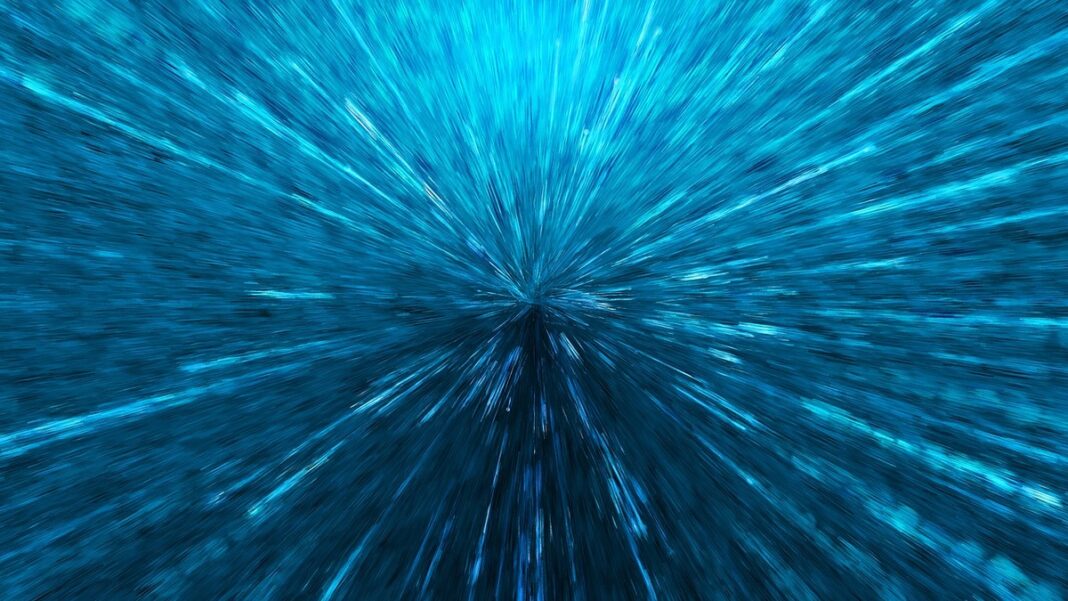UNITED STATES: We’re all composed of matter, and matter is what everything else in the universe is made up of.
In the instants following the Big Bang, when our universe first came into existence, this matter was first hurled outward.
Over aeons of time, everything clumped together to become planets, and later, our Solar System and Earth.
In order to better comprehend the history of evolution, scientists have recently unveiled a map of matter in the cosmos.
One of the most accurate estimations of the current distribution of matter in the cosmos has been published by researchers.
The University of Chicago and Fermi National Accelerator Laboratory (Fermilab) team have made an effort to comprehend the forces that affected the universe’s evolution.
The South Pole Telescope and the Dark Energy Survey, two large telescope surveys of the universe that search for the faint remnants of radiation that are still traversing the sky from the very beginning of the universe, were merged by the research team.
The 150-member team of researchers published the specifics of their discoveries in three separate papers in Physical Review D.
They discovered that, contrary to what was predicted by the universe’s current model, stuff in the universe is not as clumpy.
According to the current theory, the cosmos was initially concentrated into a single point of infinite density and intense heat, which abruptly burst into existence and merged to create protons, neutrons, and nuclei.
After the explosion, atoms of hydrogen and helium were created a few thousand years later.
According to the researchers, “matter” is not as “clumpy” as we would anticipate given our current best model of the universe.
This finding adds to a growing body of data suggesting that our current conventional model of the universe might be incomplete.
Scientists are interested in following the journey of the matter because they can try to reconstruct what happened and what forces had to be at work after the Big Bang by examining where all the matter ended up.
Scientists are interested in following the journey of the matter because they can try to reconstruct what happened and what forces had to be at work after the Big Bang by examining where all the matter ended up.
According to Chihway Chang, one of the study’s lead authors, using data from two distinct telescopes acts as a cross-check, making the measurement considerably more reliable than if you only used one or the other.
The group studied gravitational lensing, which is the small bending of light as it passes by galaxies and other objects with strong gravitational fields.
The work is significant since it combined data from two very distinct telescope surveys to produce relevant information.
“I believe that this exercise demonstrated both the difficulties and advantages of conducting these kinds of assessments. “When you mix these various vantage points on the universe, you can accomplish a lot of new things,” Chang continued.
Also Read: NASA’s Ingenuity Mars Helicopter Takes to the Skies for 41st flight



